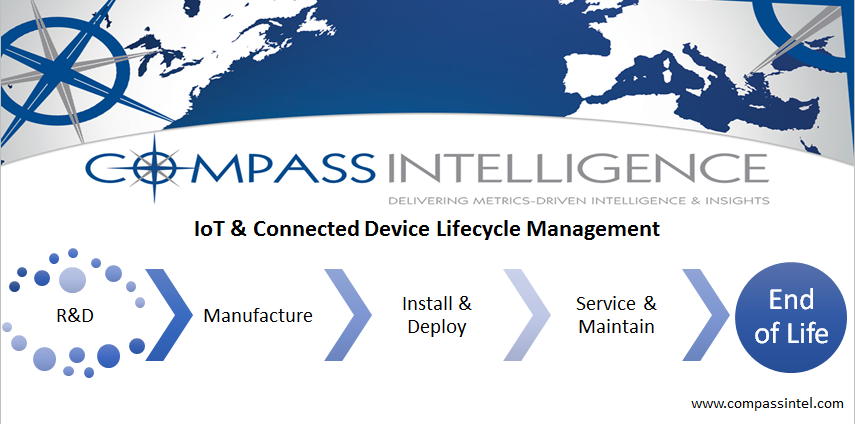|
Compass Intelligence has covered the traditional device lifecycle market trends (smartphones, tablets, PCs, laptops), research, and intelligence for more than a decade, and now we are finally entering into real discussions around IoT device lifecycle management. What happens to the repair, maintenance, insurance, warranty, replacement, and end of life services that need to be provided for the billions of connected devices being managed globally, and who will be responsible for providing those services. When thinking about connected devices, let's just focus in on industrial and machine-to-machine connected devices. These may include devices used for tracking, monitoring, alerting, diagnostics, distribution, logistics management, digital content display, surveillance, inspection, safety response, machine communications, and many other core applications. Each of these applications will have common and unique IoT device lifecycle patterns and processes that start from the R&D/manufacturing stage and move to end of life and recycling stage. A depiction of Compass Intelligence's IoT device lifecycle view is shown below: Research & Development
The R&D phase includes areas such as testing, trial and error, refinement, embedded security, and other requirements, along with production runs for review and improvements. This phase is where many of the engineers work their magic, and this is also the area we are hearing needs to increase their review and processes for embedded security for supporting improved security of the device once it is deployed and operational. Manufacture This phase includes the production of connected devices. Install and Deploy This phase includes installation, integration, set-up, kitting, dispatching, and other services to get the connected devices working and communicating with other systems, software, and business tools. Service and Maintain This phase is where we expect to see a need for additional services. As devices malfunction, breakdown, become compromised (security, weather, aged), we will need better options for fast and reliable repair, warranty, and even insurance to cover business loss in case of short-term or long-term disruption of business or operations. Just as we have warranty, repair, and insurance related services for the devices we carry, we will have a growing need (especially in business or corporate) to have assurances for zero to little down-time of operations and business services. This phase is also important as it is focused on the management of all IoT and connected devices including providing physical and network security of the device, providing visibility of the devices (platform, portal, moves-adds-changes, troubleshooting), configuration, software updates management, and much more. As this phase becomes the longest phase and the most vital to operations, we expect to see services rolled out by the carriers, IoT vendors, integrators, and other tech companies, as well as see future IoT companies launch or evolve that are dedicated solely to IoT device lifecycle management. End of Life This phase is also an area that I believe is under-looked but will present huge opportunities for the market. What happens to older versions, retired models, aging equipment, and end of life connected devices. Just as we have a secondary market for smartphones and tablets, we will also see an opportunity for secondary markets for connected devices. This may be in both consumer and commercial application areas. In addition, as we deem equipment as not suitable for the secondary market, there will also be a market for recycling precious metals, parts, batteries, and other materials. Again, we are talking billions of devices that will need to be recycled to protect our resources. For more research and information on the IoT Market, please visit our IoT Store. For more information on our advisory services, please visit our IoT Advisory page. Written by Stephanie Atkinson, @stephatkins Compass Intelligence CEO |
Inside MobileCovering hot topics in the industry, new research, trends, and event coverage. Categories
All
|


 RSS Feed
RSS Feed
